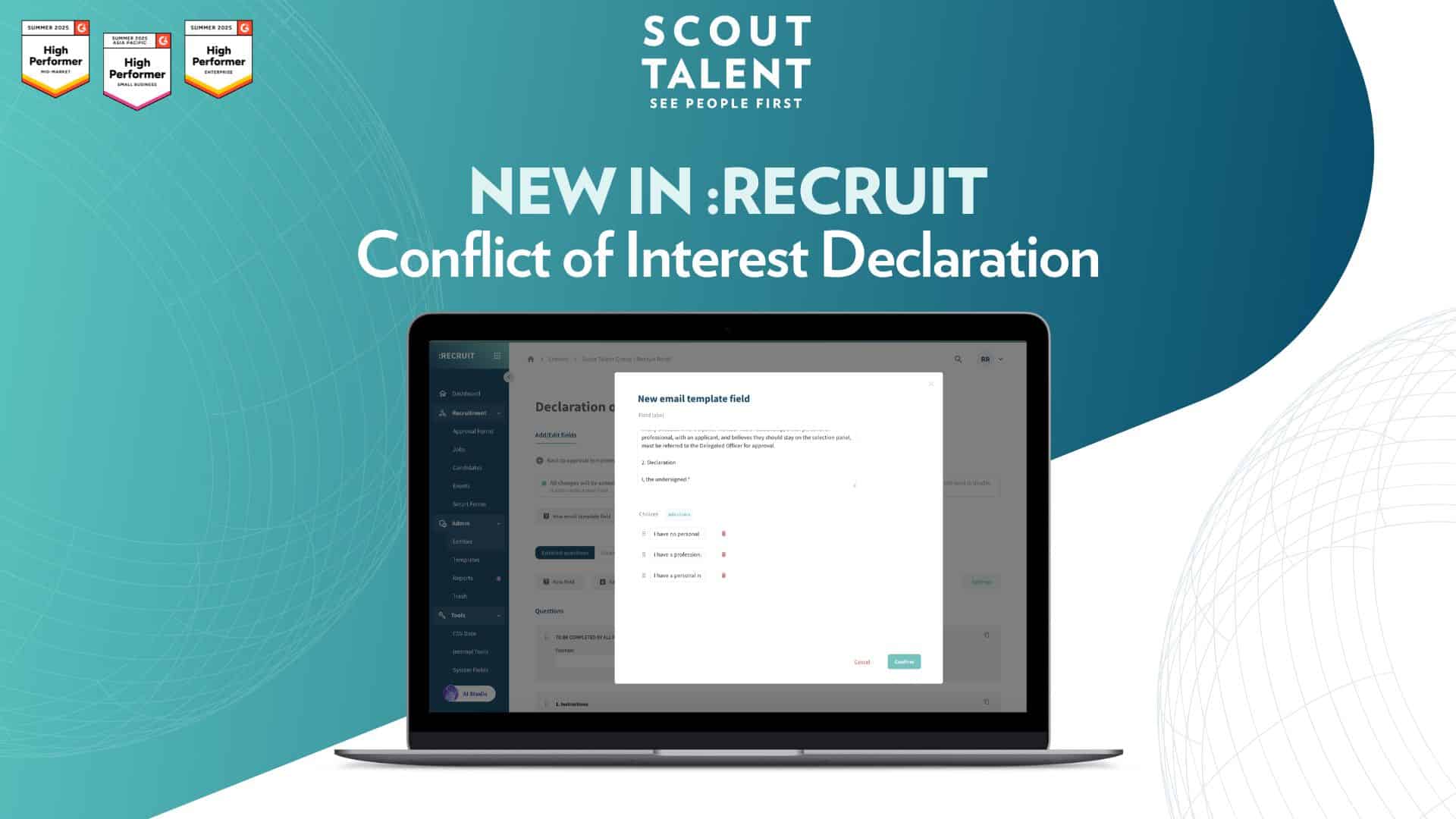Adopting best-in-class technology and automated processes gives you benefits such as streamlined workflows, deeper data insights and increased productivity, allowing you to make smarter hiring decisions. However, getting stakeholder buy-in and financial support can still be a major stumbling block. So what factors should you consider when formulating a successful business case for recruitment technology?
Review and analyse
An ideal first step when preparing a business case for recruitment technology is to review your current resources and leverage insights about your organisation’s needs, objectives, and recommendations.
This includes an in-depth analysis of things such as ad-hoc or inefficient processes, complicated, labour-intensive workflows, or a lack of functional reporting tools. It should also involve market research, potential technology solutions, and an outline of how each solution might improve your organisation’s overall recruitment processes and bottom line.
Leverage data
A comprehensive business case should be based on solid research and built upon a mix of quantitative and qualitative data to demonstrate value and expected return on investment (ROI).
Leverage as much organisational data as possible, including an illustration of how a lack of technology results in talent loss. For example, could a failure to streamline your application process be leading to larger, organisation-wide issues that could jeopardise your ability to hire and retain great team members
Determine risks
A balanced business case for implementing new technology should also highlight any potential risks that implementation could bring, as well as suggestions for how risk can be mitigated. Demonstrating where key bottlenecks occur and the possible consequences of these will allow you to pinpoint ‘pain points’ and how this will affect certain stages of your recruitment process.
Outline solutions
The next step is outlining key objectives – both operational and financial. For example, if your organisation’s objective is to implement recruitment technology solutions over a 12-month period, you might need to consider a ‘rollout’ phase to reduce workplace disruption.
Obtain buy-in
It’s also important that the implementation phase fosters trust and encourages buy-in from all your key stakeholders. This involves involving all your key stakeholders in transparent communication, including outlining a proposed implementation timeline. This can provide clarity around when key events will occur, and who needs to be involved and why.
Effect change
The four most common barriers in securing new recruitment software include managing reluctance, privacy issues, internal resistance and conversion costs. An effective change business case should outline why the system is needed, what changes will occur, what affect it will have on individuals, and what steps are required for a successful transition, including how data security will be maintained.
Factor in training
Don’t underestimate the value of training to ensure you and your team understand how to use your new recruitment software and the transition runs smoothly. Even the most intuitive systems can seem daunting to employees who are unfamiliar with a system’s new appearance and functions. All employees should be involved in the implementation process as much as possible, and you should organise regular training sessions to help employees feel valued and empowered.
Business plan structure and template
Ideally, your business case will contain:
- An executive summary
- Context
- Opportunity and benefits
- Supporting data and analytics
- Recommendations
- Potential risks
- Budget and cost-benefit analysis
- Stakeholder engagement
- Proposed timeline and strategy.
For a business plan template and additional information, check out the Australian Government’s Business resources.
Embracing innovation and technology is simply a must in today’s digital era. A 2018 report by PricewaterhouseCoopers (PwC) maintains that employees and recruiters alike need to take responsibility for preparing for the ‘future of work’. This includes understanding how technology is developing, taking adaptive action in order to plan for change, and identifying the skills that will be needed to align with future recruitment technologies.
As Carol Stubbings, their Global Leader – People and Organisation, explains, “The pace of change is accelerating. Competition for the right talent is fierce. And ‘talent’ no longer means the same as ten years ago; many of the roles, skills and job titles of tomorrow are unknown to us today. Remember that your starting point matters as much as your destination; the best response may mean radical change, or perhaps just a few steps from where you are today.”
To find out more about our best-in-class recruitment technologies, call us on 1300 366 573or email info@scouttalent.com.au



